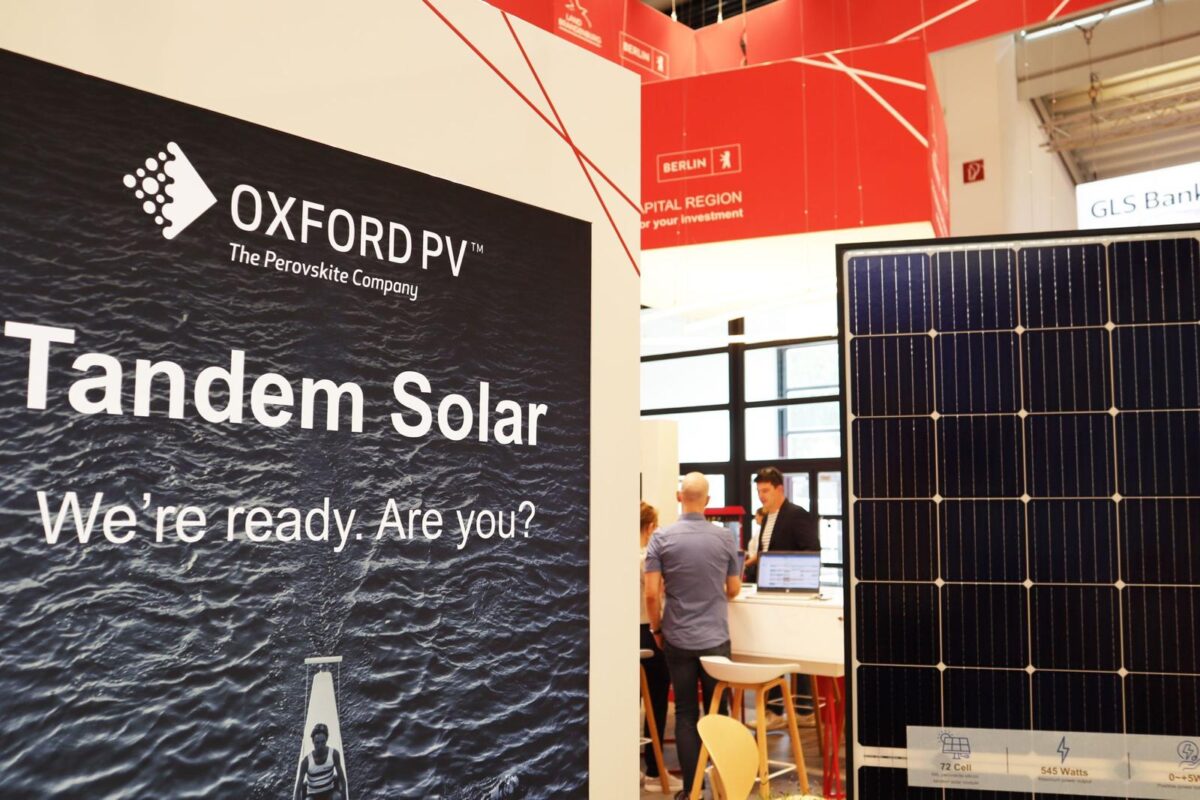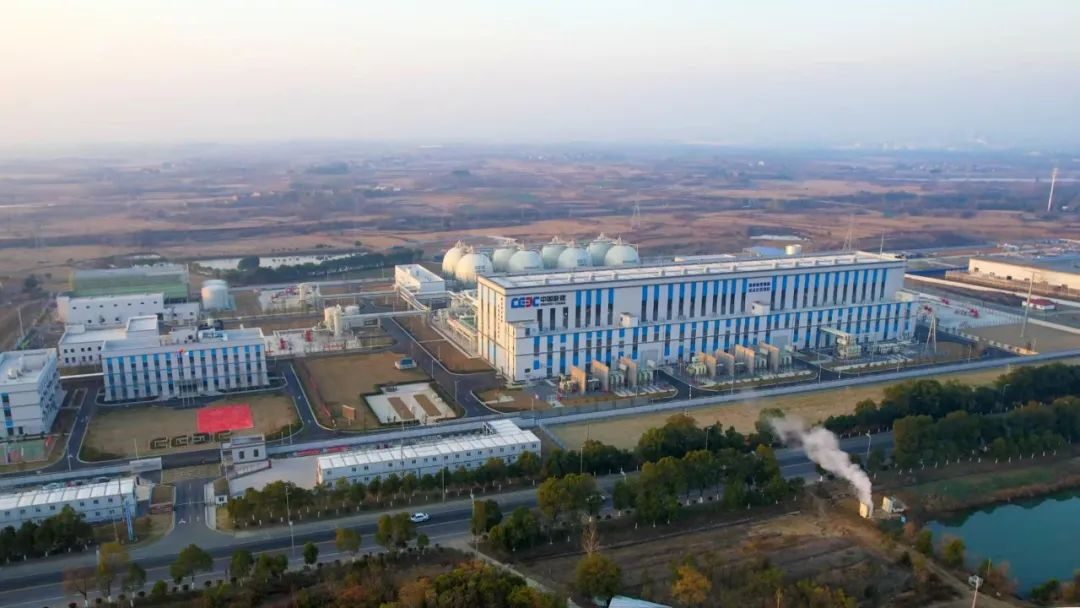Perovskite solar specialist Oxford PV has announced the commercial launch of its perovskite tandem modules, with supply to US customers for the first time.
The 72-cell solar modules are based on proprietary perovskite-on-silicon technology and according to the company, can generate up to 20% more energy than conventional silicon modules.
Oxford PV adds they are ideally suited for large-scale or ground-mounted PV systems, as they contribute to the reduction of electricity generation costs and more efficient land use.
Equipped with a 24.5% efficiency, the modules are manufactured at the company’s production facility in the German town of Brandenburg an der Havel.
David Ward, Oxford PV CEO, says perovskite technology can accelerate the energy transition by providing more energy for the same amount of land at a lower cost.
“It is a major breakthrough for the energy industry that perovskite modules are now economically viable,” Ward added. “Highly efficient technologies will dominate the future of the solar industry, and that future has begun. Innovations in the PV sector are crucial to electrify and decarbonize transport, buildings and industry much faster.”
Oxford PV began working on its perovskite tandem solar modules in 2014. Earlier this year, the company set a new efficiency world record of 26.9% with its 60-cell residential-sized module, unveiled at this year’s Intersolar. It claims to have a “clear roadmap” to bring the technology to over 30% efficiency.
The company plans to expand pilot production in Brandenburg an der Havel to other applications in the coming years, including developing cost-effective solutions for private households and the energy industry, and to scale current production to GW level.
This content is protected by copyright and may not be reused. If you want to cooperate with us and would like to reuse some of our content, please contact: editors@pv-magazine.com.




I’ve been aware of Oxford PV for many years, I’m very glad to see them finally making their modules commercially available. Being able to generate 20-30% more energy per unit area is going to make solar even cheaper than it already is and might even make Solar powered EVs viable (for 20-30 miles a day in sunny conditions anyway)
How much does it cost? That’s what’s going to govern whether 24% efficient panels will have a market advantage and business case over 20% efficient full size panels available on Aliexpress for £100 with 25 year warranties.
it is 22,4% which is new norm in double glass bifacial so… oxford pv is in deep …. lets say water